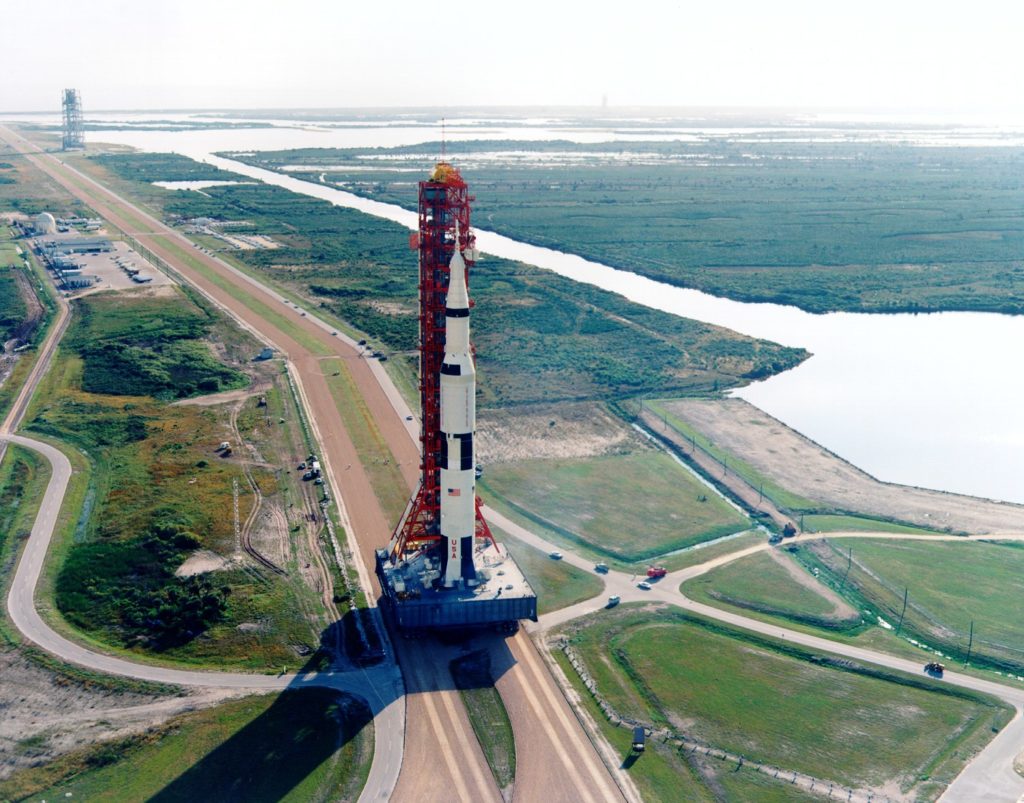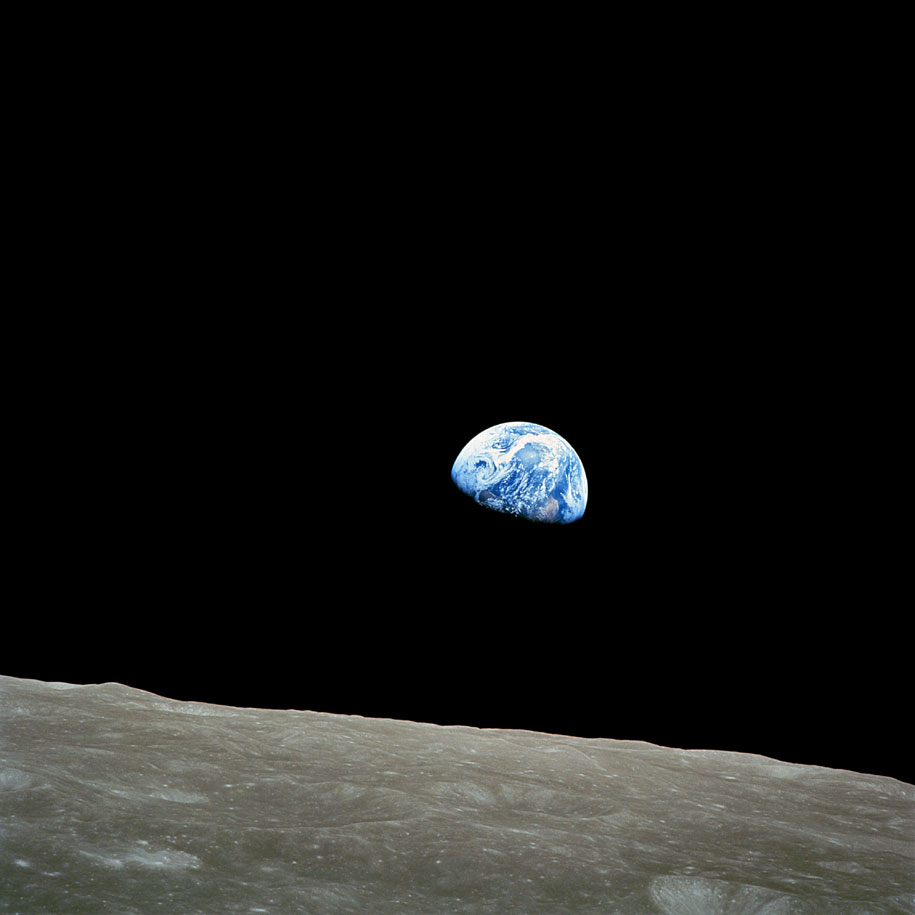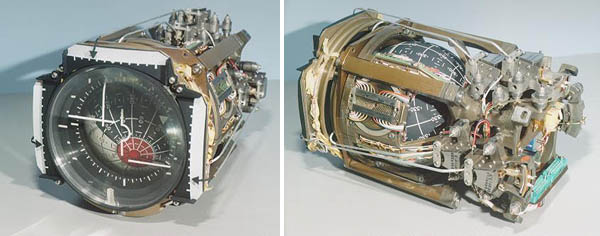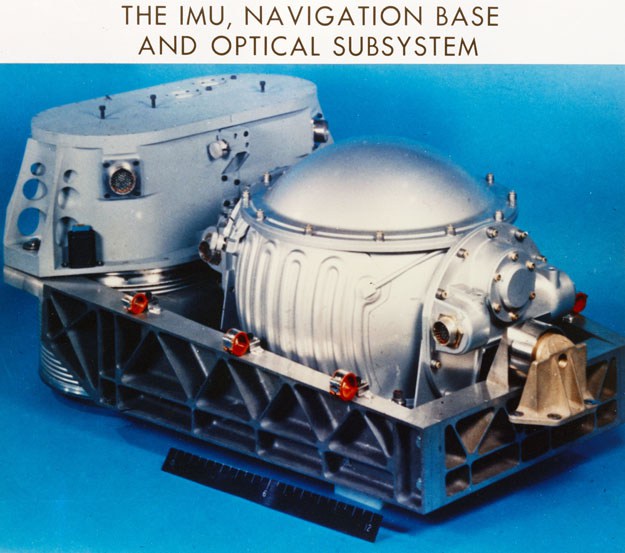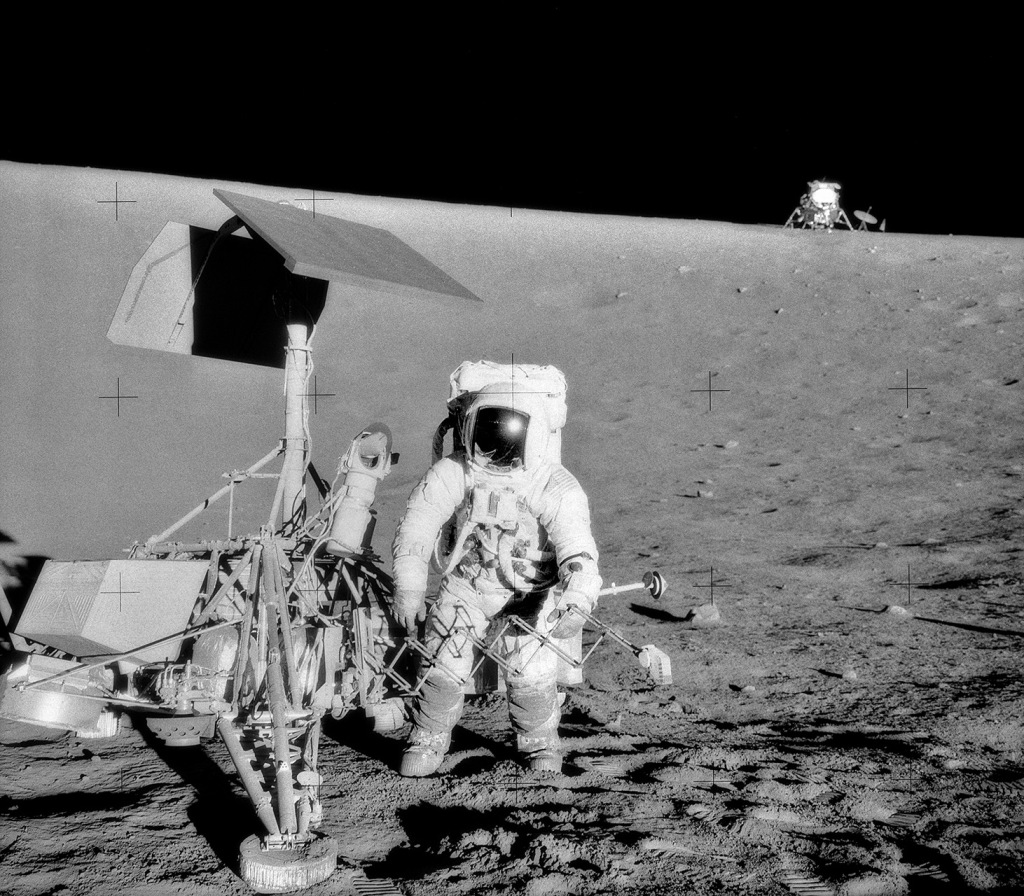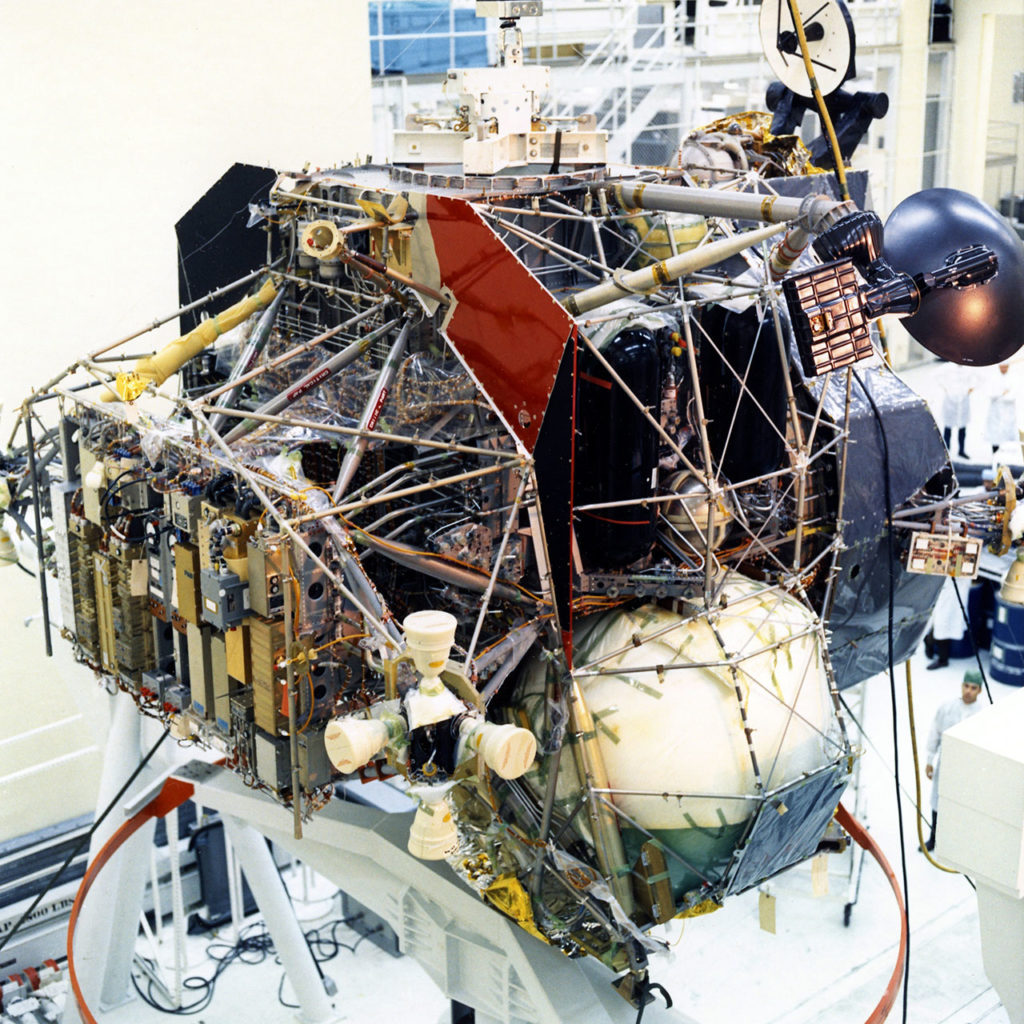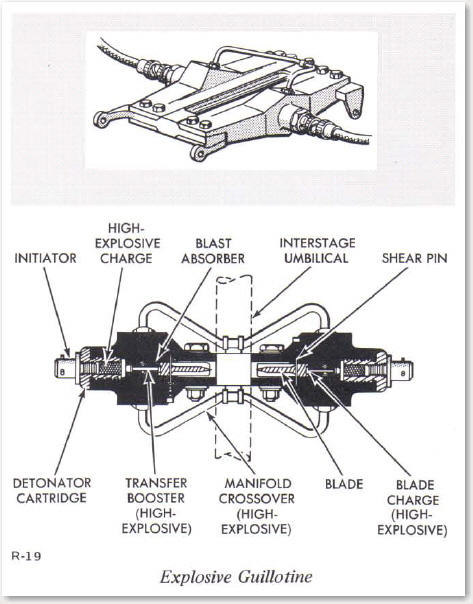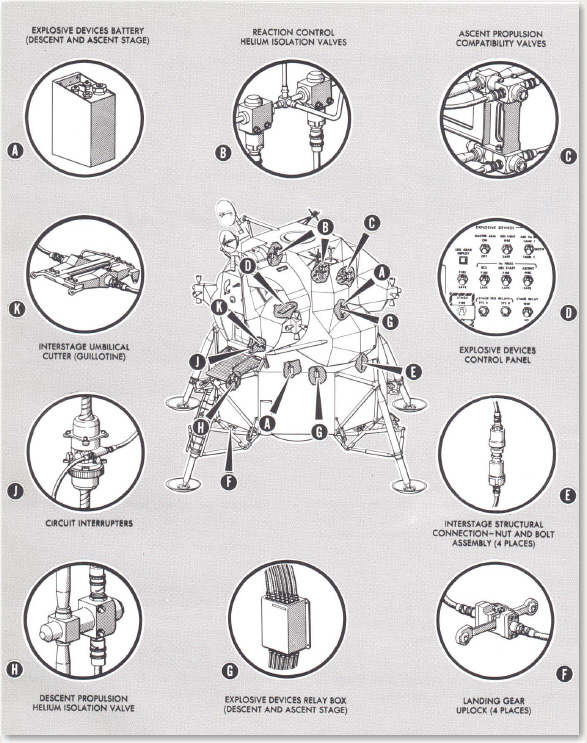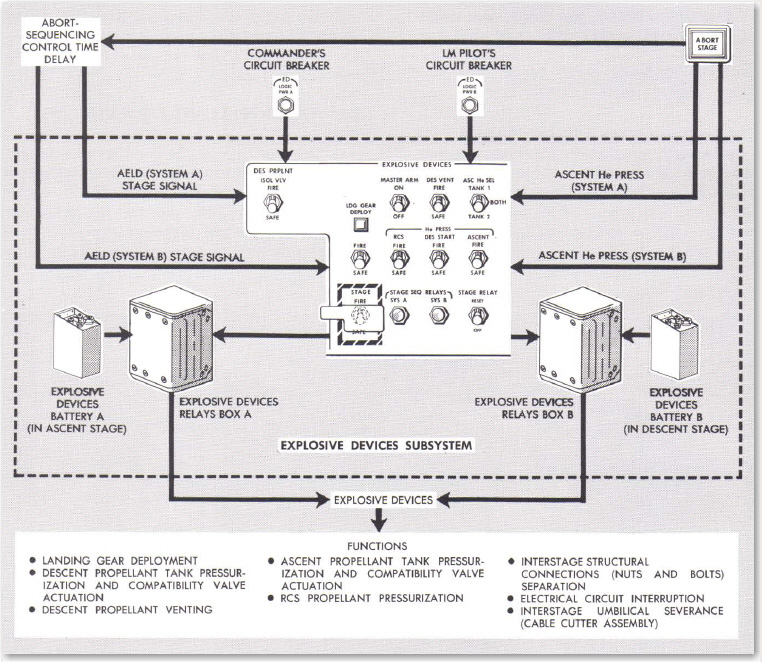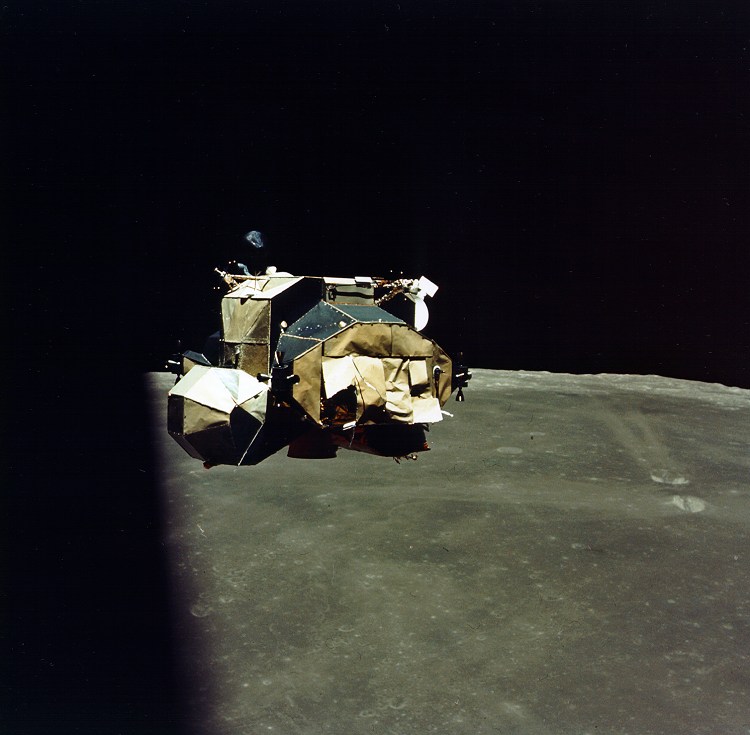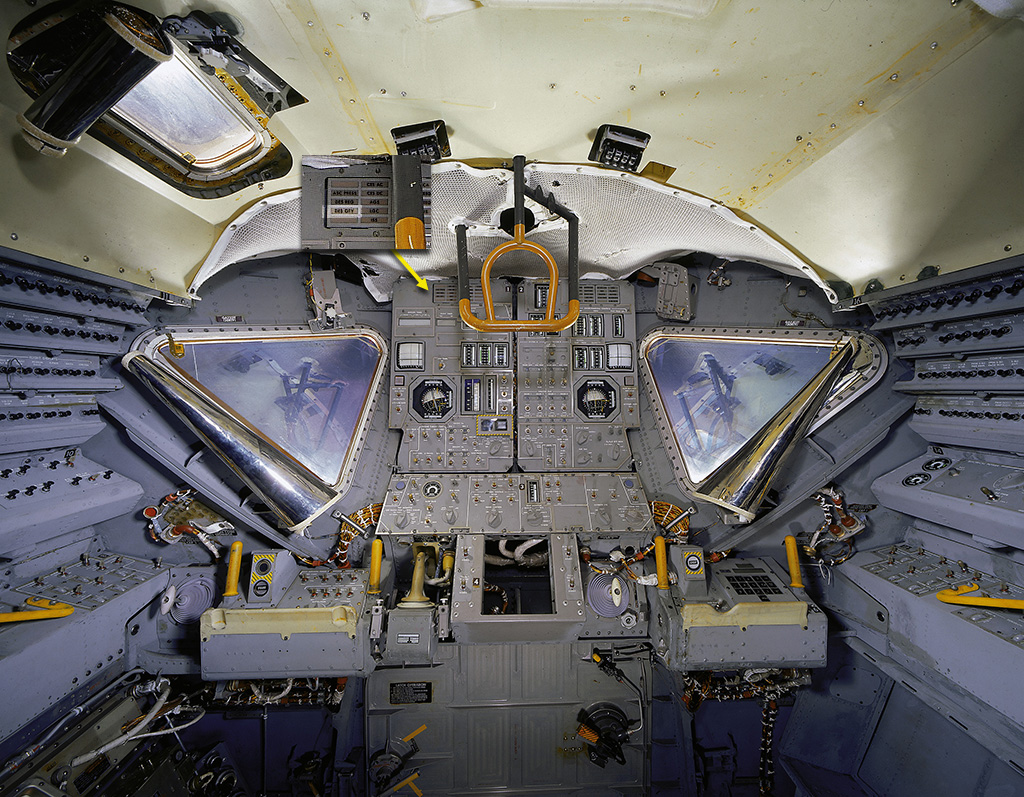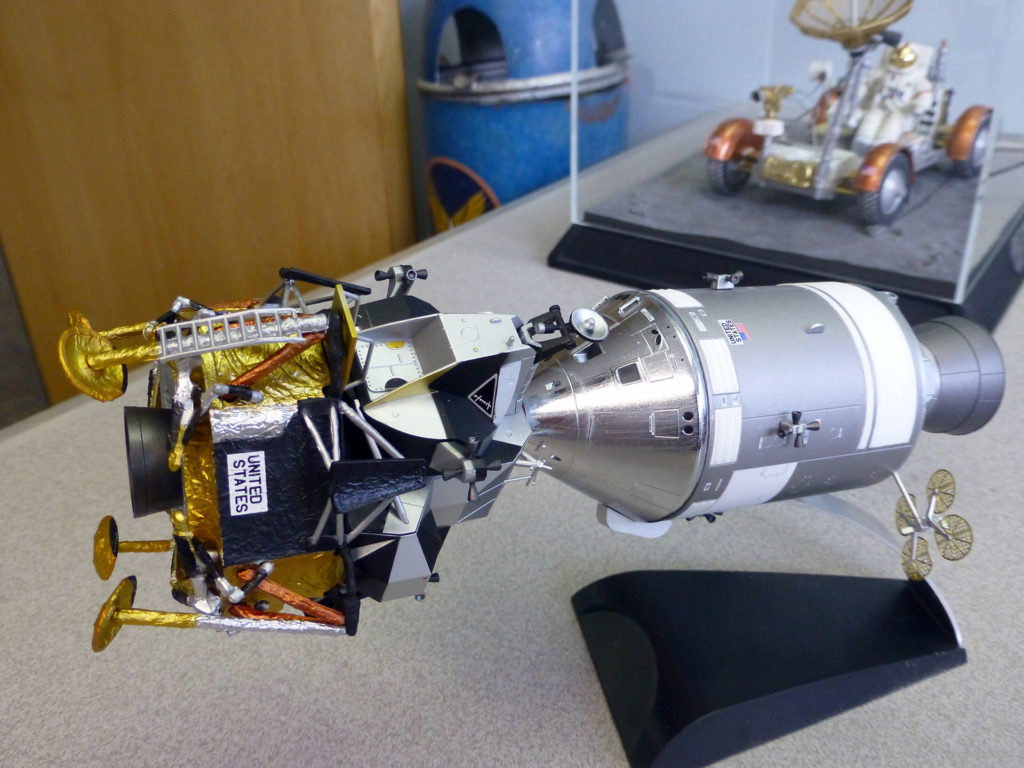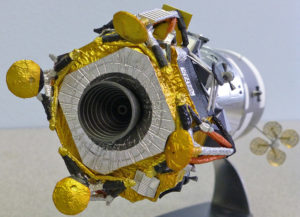The best history of Apollo from the perspective of the astronauts is Andrew Chaikin’s 1994 masterpiece, A Man on the Moon. The best one from the point of view of the people on the ground is Apollo: The Race to the Moon by Charles Murray and Catherine Bly Cox, which I’m rereading at the moment. On the occasion of the twentieth anniversary of the book’s 1989 release, Murray said this:
“One of the lessons that people tried to take away from the Apollo story was wrong – ‘If we can send a man to the Moon, we can end poverty.’ Or do whatever else is your favorite cause. Engineering challenges are different from social challenges, and a lot of money has been wasted on programs that were rationalized by the ‘If we can send a man to the Moon…’ analogy. Maybe that suggests the real lesson: Apollo, like the Manhattan Project, proved that humans are capable of extraordinary feats in unbelievably short periods of time, but only if five conditions are met: The people doing the work have to have a concrete goal. They must have a sense of urgency – because of a specific calendar deadline in the case of Apollo, or beating the Germans in the case of the Manhattan Project. The concrete goal has to be technological, not social; we just don’t know how to change human behavior on a large scale. The people paying for the work must be willing to spend lavishly. And, most importantly, the people paying for the work must get the hell out of the way of the people doing the work.”
I’ll take this opportunity to point out that for the duration of the Apollo programme, the amount of money American women spent on cosmetics each year easily exceeded NASA’s budget. As Einstein once said about something else, that’s relativity.
An hour-long interview with the authors in 1989 is on C-SPAN here.
An excerpt from Apollo: The Race to the Moon, whose most recent reprint is titled simply Apollo:
In 1946, the N.A.C.A. had sent a young Langley engineer named Walt Williams out to the Mojave Desert to open a facility for testing the X-1, the plane in which Chuck Yeager would break the sound barrier. It was called the High-Speed Flight Station, using the Air Force facilities that would later become known as Edwards Air Force Base. On July 30, 1959, Williams’s fortieth birthday, Abe Silverstein called Williams to Washington and persuaded him to return to Langley to work for the Space Task Group. On September 15, Williams reported to Langley as Gilruth’s associate director for Operations.
Williams was indeed the “very tough kind of guy” that the gentlemanly engineers of Langley needed to deal with the Air Force’s brand of bureaucratic infighting. By 1959, Williams was already known in the flight-test business as a man who could work, carouse, cuss, or fight as prodigiously as any test pilot at Edwards. He was also tough in the other ways that Operations needed. “He had the ability to walk up to the problem of putting a man on top of one of these Atlas vehicles, which are really just big metal balloons, and not be cowed by it,” said Lunney of Williams. (“Big metal balloons”: The walls of the Atlas were so thin that they would collapse unless the vehicle was pressurized.) “Williams just walked up and said ‘Goddammit this’ and ‘Goddammit that,’ and got everybody saluting and doing what they should do.” He was a genius of sorts, Lunney reflected, “though if you had to go up against him, he didn’t seem like a genius. He seemed like a bull.”
In those days, he even looked like a bull—over 200 pounds, a powerful man with a square head, dark, close-cropped hair, and heavy brows. Gene Kranz, who himself would scare a few people in his time, never forgot his first encounter with Williams. It happened in 1960, just a few weeks after Kranz had arrived at the Space Task Group. Kranz had been sent over to brief Williams on some work he’d been doing. Kranz, who knew Williams only by reputation, got there early and slipped into a seat in Williams’s office while another briefing concluded. Williams, who was slouched behind his desk chain-smoking Winstons, looked a little like Broderick Crawford in “Highway Patrol”—big, rumpled, and knowing.
The men briefing Williams were not having a good day. Williams sat behind his desk, scowling at the hapless briefers, and “whipsawed them,” Kranz remembered. “Just cut them up. Sliced them off at the ankles, mid-calf, knees, mid-thigh. They went down the tubes and the thing was over.” The objects of these attentions put away their papers and filed out of the office, leaving Kranz and Williams alone. Kranz began his report.
Walt Williams had a curious habit of appearing to fall asleep in the middle of meetings. Williams himself said that it was a device: “I listen to the guy’s voice,” he explained. “If the guy’s trying to bullshit you, or is uncertain, you can hear it in his voice. I don’t want to see his bright blue eyes or anything else.” Did he ever really fall asleep? There were, after all, reports of the occasional snore. Well, Williams said ambiguously, when people had given him a briefing paper in advance, he didn’t “bother even listening to the buildup,” but waited until the guy got to the good part.
Kranz knew nothing of this. After a few minutes, he was getting into his material when he realized that Williams was starting to nod off. His head was slumped on his chest, his eyes were closed. Unbelievable as it seemed, Kranz decided, Williams had gone to sleep.
“In a one-on-one session with a legend, who you have just seen completely assassinate somebody, what the hell do you do?” Kranz would ask later. He decided that the safest course was to pretend nothing had happened and keep on talking. So he did, feeling more confident now that it seemed no one was listening to him. In fact, he was feeling confident enough to sidestep a small issue that he wasn’t absolutely sure about. But what the hell, the man was asleep.
Williams always kept a roll of Necco mints nearby to soothe his smoker’s throat. As Kranz breezed on, Williams’s hand reached out, groping slowly for the roll of Neccos. Williams shook out two of them—eyes still closed—and chomped on them for a while. “And then he proceeded to ask exactly that question that I thought I had skated through very cleanly,” Kranz recalled. “It was just absolutely intimidating.”


